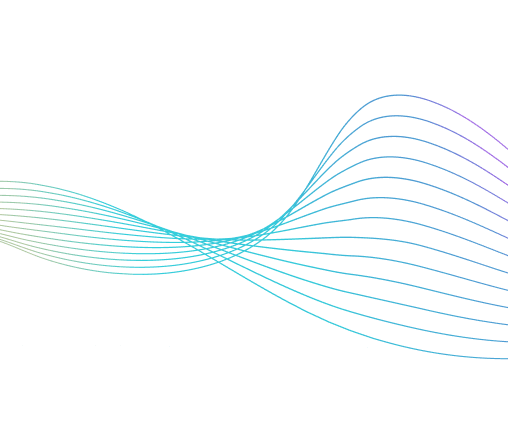Published on 00/00/0000
Last updated on 00/00/0000
Published on 00/00/0000
Last updated on 00/00/0000
Share
Share

AI/ML
8 min read

Share
For enterprises looking to stay ahead of the curve, effective knowledge management is vital. Yet, many organizations find themselves hampered by outdated and inefficient systems.
Knowledge management (KM) is the set of processes used by an organization to create, analyze, and share information with its stakeholders in a fast, secure, and reliable way. Examples of knowledge management systems used by companies may include:
Despite the wide array of tools enterprises can choose from, KM can be notoriously tricky to get right. FAQ pages may be incomplete or outdated. Webinars may be expensive to create, and you can’t guarantee that the employees who need them most actually view them. In all cases, regardless of industry, people still need to jump through several hoops to find the information they need.
Arguably, one of the most common and well-known use case category for GenAI is retrieval-augmented generation (RAG). RAG’s attractiveness is due to its immense potential for transforming knowledge management in enterprises.
Popular, consumer-facing GenAI applications (such as ChatGPT or Gemini) have shortcomings that make them unsuitable for enterprise KM. These large language models (LLMs) are only aware of the state of the world up to their training cutoff date, and they are only trained using publicly available data. As a result, they cannot answer questions about private or internal information to a particular organization.
Enter RAG, a technique used to enable LLMs to answer questions using data fetched from external sources in real time. RAG-enhanced GenAI applications allow enterprises to leverage an LLM’s incredible content summarization and question-answering capabilities with data that it was not originally trained on. This makes RAG a truly transformative tool for managing enterprise knowledge systems.
While companies have access to countless tools to streamline their KM efforts, stakeholders face challenges with fetching and consuming the right information. These challenges include:
GenAI and RAG are perfectly poised to tackle the challenges associated with traditional KM tools. As a result, we’ve seen a flurry of RAG-enhanced AI tools that have the potential to revolutionize KM across industries. Some of the ways these tools are making an impact include:
At a fundamental level, RAG-enhanced AI systems typically surpass their traditional KM counterparts in the following ways:
RAG systems are ideal for customer support across various industries. In the case of a SaaS company, prospective and current customers may have a number of questions regarding the company’s offerings, such as "What are the pricing tiers for the SaaS offering?" or “How do I solve an issue that I’m facing with the tool?”
At present, the customer would first need to discover the source that can answer their question, whether that’s the main website, a blog post, documentation, an open GitHub issue, or elsewhere.
However, with RAG, the SaaS company can simply offer a chatbot that can deduce the intent of the question, identify and extract the correct information, and provide an answer that is correct and to the point. The system can achieve this by incorporating all the diverse data sources listed above and more.
In legal firms and the corporate social responsibility (CSR) divisions of enterprises such as banks, knowledge workers typically need to hunt for answers by searching documents and thousands of pages. Using a RAG system and a well-designed vector database for semantic search, these enterprises can reduce the time it takes to summarize large PDF documents and answer questions to just a few seconds.
By implementing a GenAI system that leverages RAG, you set your organization up for success, ensuring the following:
RAG systems can be extremely powerful, but while determining how to implement retrieval-augmented generation and their new AI knowledge management strategies, enterprises need to keep the following things in mind:
RAG has generated much hype and excitement around its capabilities and potential use cases. Among the most promising retrieval-augmented generation use cases[al2] is the transformation of enterprise KM. By adopting a knowledge management strategy[al3] that revolves around RAG-enhanced, AI-powered tools, your enterprise can dramatically increase the efficiency of internal stakeholders and the customer experience.
Outshift by Cisco is an industry leader in partnering with enterprises on their GenAI innovation journey. It offers a wealth of expertise and resources to help your organization be successful as it pursues applications that leverage cutting-edge technologies like LLMs and RAG. Learn more about what Outshift is doing in the GenAI space by checking out these resources:


Get emerging insights on innovative technology straight to your inbox.
GenAI is full of exciting opportunities, but there are significant obstacles to overcome to fulfill AI’s full potential. Learn what those are and how to prepare.

* No email required

The Shift is Outshift’s exclusive newsletter.
Get the latest news and updates on agentic AI, quantum, next-gen infra, and other groundbreaking innovations shaping the future of technology straight to your inbox.
